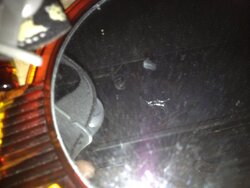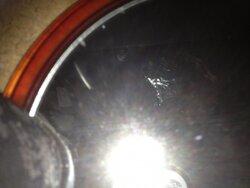Here are some excerpts from his emails:
Does the stove respond to the changes to make to the air control? If you remove the ash pan & look up inside where the ash pan was you'll see the primary air control. The secondary air control is in the far back of the stove, controlled by the long rod extending from the primary. Make sure things look right & haven't fallen apart. I made a minor modification to the air control. The current EPA certified stoves made today are made so that the minimum air setting can't close off the air completely & create a smoke dragon. In some cases the factory "minimum" setting still allows a little too much air. In a nutshell I've closed off the primary hole a tad...a piece of foil tape works.
Primary air feeds the boost air manifold, below the door opening, and the glass air wash. Secondary air feeds the baffle. The PE brochure has a pic. The PE line up is different than most other mfrs, being that the secondary air is controllable...to an extent. If you look at your air control you'll see that the lever movement is like a valve over a round opening. A round rod is connected to the back side of the lever. This rod is connected to the secondary air "valve" slide gate. Movement of the lever controls both the primary & secondary air. Most other mfrs use, essentially, a fixed orifice.
If you feel that you would like to try an air control mod try using some foil tape, or even a flat magnet, to very slightly cover the primary air inlet. That's the one you can access from the front...you can't access the secondary. It won't take much to make a difference...at most 1/16". With the air control fully right you'll see that there's already not much of an opening. I played around for a while & ended up bending the air control stop tab when I was content with a minimum setting. This closed down both primary & secondary a little. You'll know when you close things off too far.
-----------------------------------------------------
The T5 is working great for us, we heat our house solely with it. Hearth forums have definitely helped me along the way, in particular the foil tape over the primary air opening trick. After taping over part of the primary opening, I now have the needed control to keep it from getting too hot. At the cruising stage, I usually burn with the air-control lever almost all the way closed and sometimes all the way closed.
I don't worry too much about burning at a lower temp. I'm able to regulate the heat in our small family room by moving air with a thru-wall fan and a fan blowing into or out of the crawl space. If I am burning slower/less-heat/less wood, I'm typically not getting secondary combustion...or at least it's not visible.
The picture shows the crawl space and a fire at start-up. The sideways baby gate keeps the kitten out of the crawls space and still allows airflow if needed.
View attachment 87207


 I'm averaging 10 hr burns. I had this discussion with another member a few yrs ago...I don't post often, so it'd be easy to find.
I'm averaging 10 hr burns. I had this discussion with another member a few yrs ago...I don't post often, so it'd be easy to find.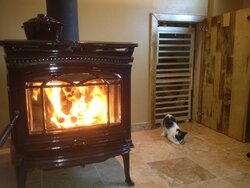



 So it being New Years Eve. The pictures aint gonna happen till morning. 'hic'
So it being New Years Eve. The pictures aint gonna happen till morning. 'hic' 
 But in the first picture you can see the ground out part of the arm and the second is it closed.. I did it very slow as i didnt want to cut off the air totally,and there woulda been no going back
But in the first picture you can see the ground out part of the arm and the second is it closed.. I did it very slow as i didnt want to cut off the air totally,and there woulda been no going back 
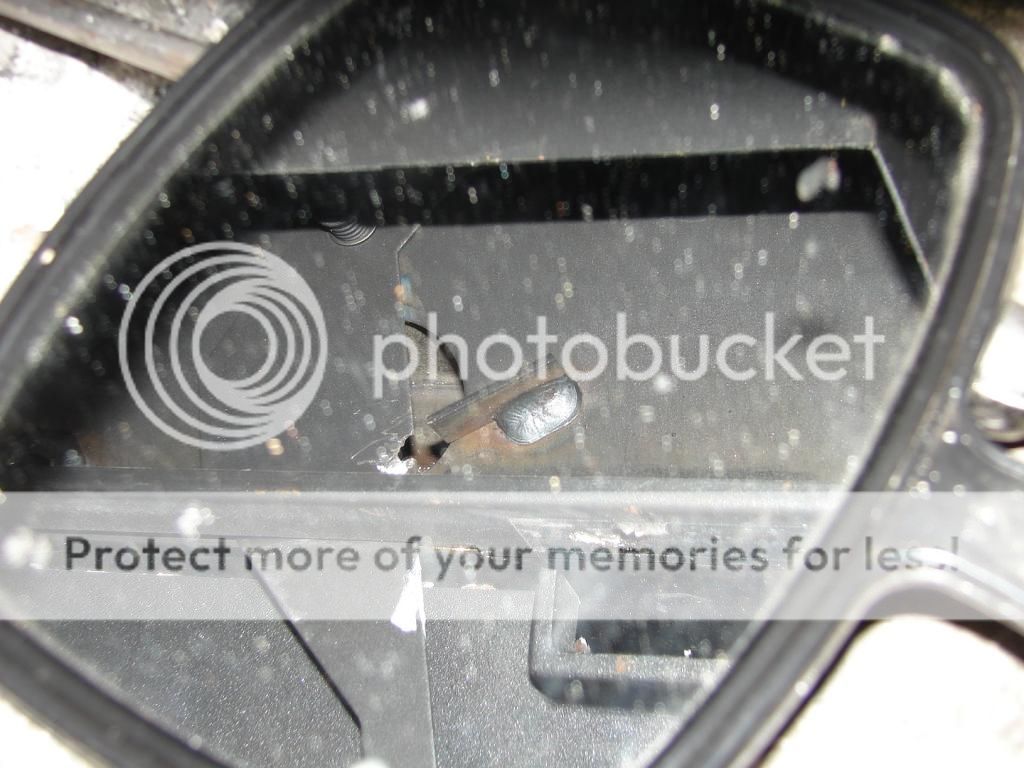
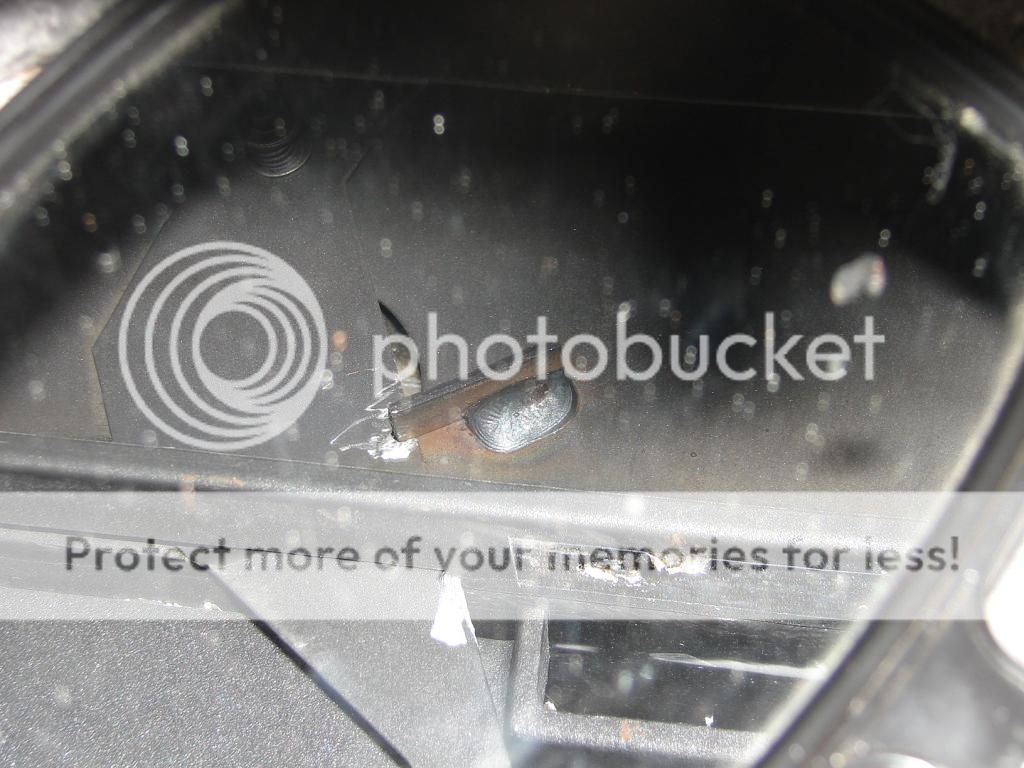

 . I'll try again after the stove cools down
. I'll try again after the stove cools down 
